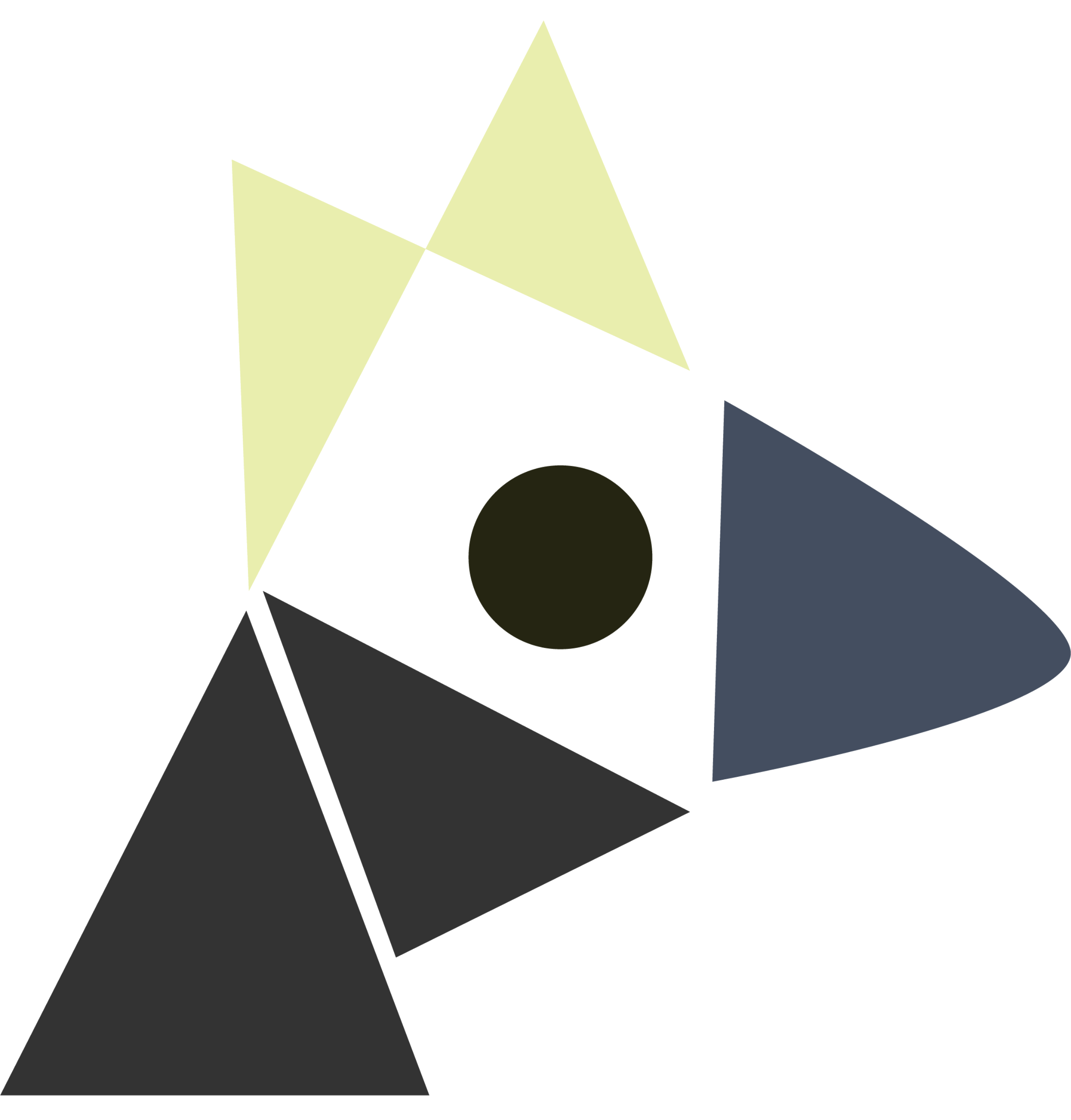price
Last edited: August 8, 2025The price
prime
Last edited: August 8, 2025An integer \(p > 1\) is prime if it has no positive divisors other than \(1\) and itself.
No even number, except \(2\), is prime. Because 2
additional information
There are infinitely many primes
Credit: Euler.
Proof:
Assume to the contrary that there are finitely many primes. \(p_1, …, p_{n}\). We desire to make a new prime to reach contradiction.
Consider:
\begin{equation} N = p_1 \times \dots \times p_{n} + 1 \end{equation}
Note that \(p_1 \times … \times p_{n}\) is divisible by each of the \(p_{j}\). If some \(p_i |N\), \(p_{i}|1\), which is impossible as \(1\) is not divisible by anything. So, no \(p_{i}\) divides \(N\).
prime factorization
Last edited: August 8, 2025PRIMES
Last edited: August 8, 2025“very prime has a succinct certificate”
\begin{equation} \text{PRIMES} : \qty {A \mid A\text{ is prime}} \end{equation}
The certificate?
\begin{equation} A \text{ prime} \Leftrightarrow \exists 1 < b < A : B, B^{2}, \dots, B^{A*2} \not \cong \ \text{mod}\ A \end{equation}
So \(\text{PRIMES} \in \text{NP}\)
But actually PRIMES is in \(P\)
principle of induction
Last edited: August 8, 2025The principle of induction is a technique used to prove the relationship between a smaller subset
The following three statements are equivalent.
standard induction
Suppose \(S \subset \mathbb{N}\), which is non-empty. If \(S\) is a non-empty subset such that \(0 \in S\), and for all \(n \in \mathbb{N}\), \(n \in S \implies n+1 \in S\). Then, \(S = \mathbb{N}\).
strong induction
Suppose \(S \subset \mathbb{N}\), which is non-empty. If \(S\) is a non-empty subset such that \(0 \in S\), and for all \(n \in \mathbb{N}\), \(\{0, \dots, n\} \in S \implies n+1 \in S\). Then, \(S = \mathbb{N}\).
